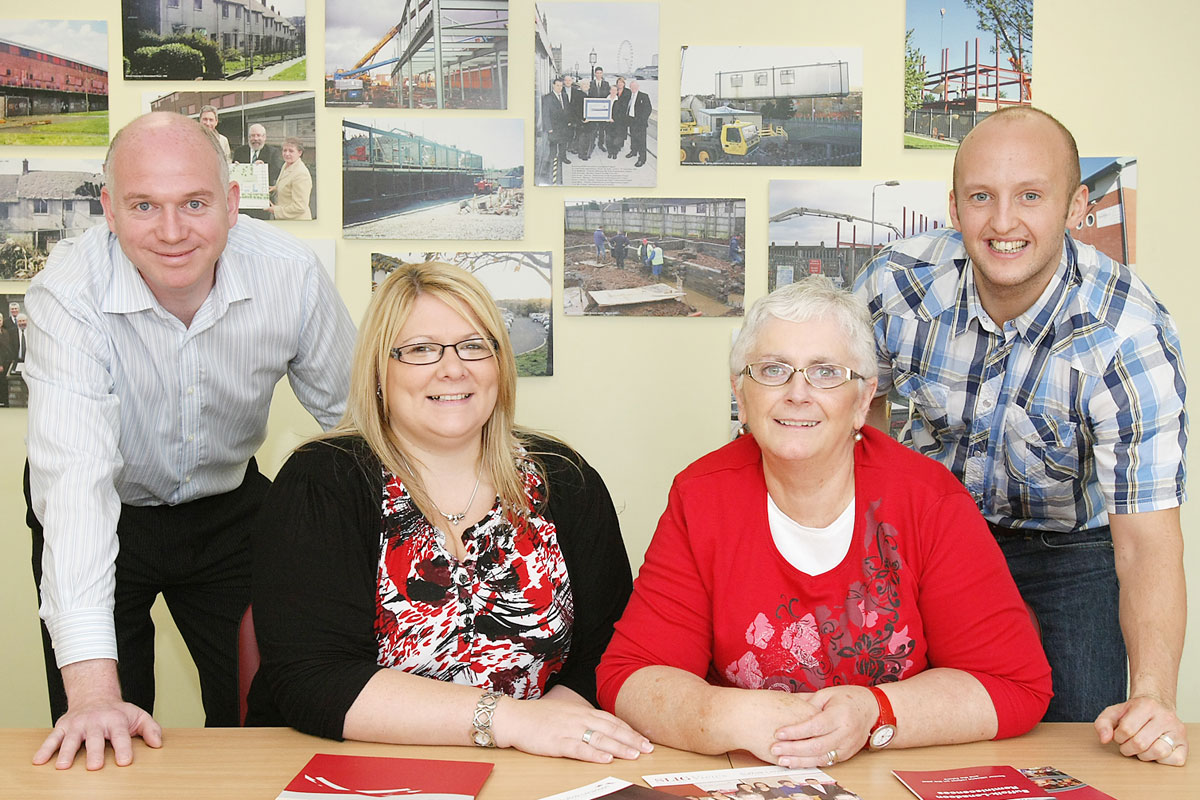THE photographs that hang on the wall in the Suffolk Lenadoon Interface Group (SLIG) boardroom are perhaps the best indicator of just how far this cross-community regeneration group has come.
“What hangs on these walls is the idea of what an interface looks like and what the interface here at Suffolk and Lenadoon once looked like – derelict, dilapidated and run-down,” community development worker Jean Brown told me. “I have to say that I do get a bit reactive when people say, ‘Let’s bring down the fences.’ I think it’s a bit idealistic. Ideally, everybody would love to be living in a society free of fences, free of interfaces, but I don’t think society is quite ready yet.
“The question shouldn’t be when do we start to bring down interfaces, but why do people still feel the need for them?”
SLIG has been working for the communities of republican Lenadoon and loyalist Suffolk since 1997, and Jean well remembers how the fraught political environment of that time was nowhere near as conducive to reaching out as it is today.
“We had a lot of ground to cover and it wasn’t an easy time to start to talk about sharing space. Violence and tension were high as this was the time that Drumcree was in the media, but we were not to be deterred.”
Youth advocacy worker Ciarán McLaughlin told the Andersonstown News that every healthy society should strive to tear down walls of separation.
Relationships
“Relationships between the two communities 15 years ago were practically non-existent,” said Ciarán. “I know as someone who comes from Lenadoon and who grew up there that it’s a much, much better place today than it was 20 years ago.
“There have been really excellent relationships built up between the Lenadoon and Suffolk communities over the years. People like Jean and Renee Crawford obviously took courageous steps to get here. They overcame personal and social pressures – no easy task. What we have now has come from hard work, and from hard decisions too.
“Our facility here is accessible to both sides of the community and it works really well. It’s significant that we have a building like this where we can carry out our work. It’s not for one side or the other, it’s an independent space.”
“SLIG has never really asked the question of will we work toward taking the interface down,” explained Operations Manager Barry Smyth. “In many ways we have altered the interface to create something which can be shared.
“We look at what divides. You can still be a republican, you can still be a loyalist, nationalist, unionist, but you can work together, you can live together. All of us work collectively, looking at contentious issues, looking at those issues that we need to see discussed,” he said.
“If this building didn’t exist the people from the communities wouldn’t have a chance to meet, they would never use the shops here and this building enables that to happen.”
“There are many communities out there who haven’t seriously begun to talk about their interfaces, never mind them actually coming down,” added Jean. “It’s about talking at first and those conversations need to begin. The decision to take down peace walls lies with the people whose lives are affected on a daily basis by them. The time scale for that process should be set primarily by the people themselves.”





